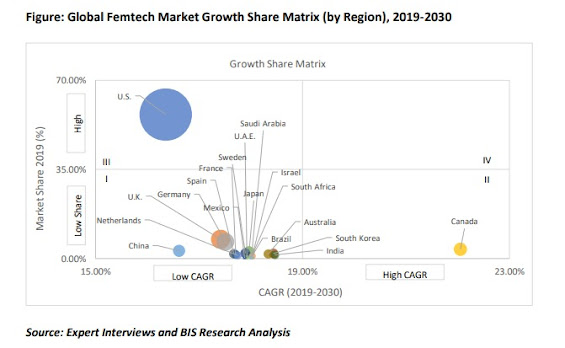People have begun to rely on technology more than ever before as a result of the widespread use of laptops, tablets, and other similar devices in daily life.
Human-technology interaction is constantly evolving and getting more complicated. The world is constantly moving toward a future where artificial intelligence will play a larger role.
Robotic technology that has emotions is capable of handling complex tasks much more effectively. What options does business-related emotional AI technology offer, and how do these robots come to understand emotions?
For a deeper understanding of emotional AI, let's explore the answers to these questions.
Human-to-Machine Communication Using Emotional AI
Through digital media, communication is constantly filtered in the modern world. People send messages or set up video calls instead of having in-person conversations.
Similar to this, people connect to chatbots when they encounter numerous difficulties while browsing through various online stores. It's not always possible to obtain the needed information using these options. Frustrations arise from improper communication and incorrect interpretation of questions.
What if the same technology that makes communication difficult could recognise and respond to user emotion?
The ability of machines to read emotions by analysing various data, such as gestures, facial expressions, voice tones, and the force of keystrokes for determining the human emotional state and appropriately reacting to it, is known as emotional intelligence.
The development of AI may make it possible for machines and people to communicate more naturally, as they do in real-world interactions.
How Can AI Recognize Emotions?
Affective computing, another name for emotional AI, is the use of artificial intelligence to identify various emotions. Such emotional intelligent machines are able to comprehend not only the mind but also various studies on various emotional channels of human communication.
Cameras, sensors, computer vision, speech recognition, deep learning algorithms, and real-world data are all used in the development of emotional AI. The required data is gathered, processed, and compared with other data points by the AI system in order to identify emotions like fear and joy.
As soon as an emotion is detected, the computer analyses it and considers its implications in various contexts. The systems work much better and can more easily identify human emotions when communicating as the emotional database grows.
The demand for the artificial intelligence market has been steadily increasing due to the enormous advantages of emotional AI, with a focus on enhancing the customer experience and fostering better relationships.
The Importance of Emotion AI for Business Growth
Human behaviour is greatly influenced by emotions. From a marketing perspective, the consumer
journey illustrates it. Customers are more likely to be devoted customers under all circumstances when they have positive emotional connections with a brand.
Therefore, brands need a system like emotional AI if they want to improve the customer experience. This system can be useful in the following ways:
- Business leaders can better understand and empathise with customers when they are in need thanks to emotional AI. In order to obtain sufficient customer engagement, it aids businesses in recommending the right services and products to the right customers at the right time.
- AI aids in the generation of targeted results for the variety of customers attempting to interact with a given company. Additionally, emotion AI aids in creating long-term consumer and business relationships based on strong loyalty. By delivering better customer experiences, it enables businesses to keep their current customers and draw in new potential customers.
- The emotion-related feature of facial expression Through cameras, AI enables businesses to better understand the behaviours of their customers. With real-time data, it can analyse the customers' facial expressions to ascertain their current emotional states. Before informing customers about the new services and products, the company can determine where they are anxious, content, and expanding.
- Intelligent chatbots can aid in bettering customer relationships with a business by identifying different customer types, their motivations, and behaviour.
- Retailers can improve their operations by real-time recording customer responses to prices, products, and other factors using smart CCTV.
- Brands can use emotional AI to test consumer reactions to specific content and make necessary adjustments with the help of cameras coupled with smartphones, televisions, or computers.
| Get your FREE sample report on the global artificial intelligence market |






No comments:
Post a Comment